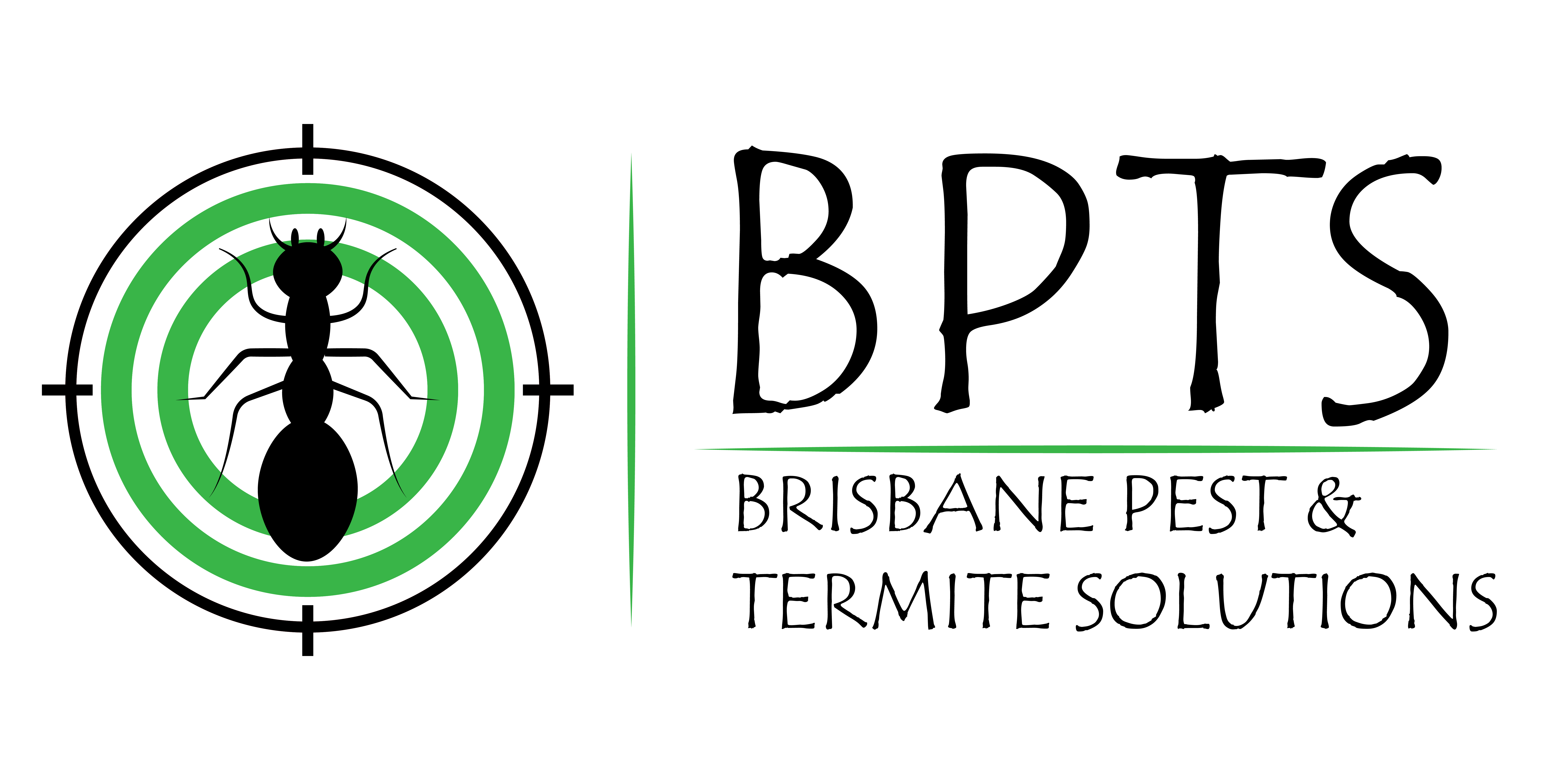Moth Control
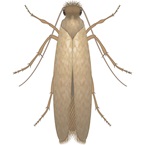
Case-Making Clothes Moth
Classification
Scientific name: Tineola bisselliella
Family: Oecophoridae
Description
They are typically 7–8 mm in length when the wings are folded and have a 10-15mm wingspan.
Each female lays up to 160 eggs during a period of 2-3 weeks. During the summer these hatch in 4-10 days to give an active, white translucent larva. This grows up to 10mm in length and the head becomes darker in colour.
They are natives of Europe and Asia but are now widespread across Australia.
Common on animal products, they enjoy dark environments and domestically they are typically found in wardrobes, clothes chests, linen baskets and under beds.
Behaviour
Moths lay eggs on a food source which the larvae can eat. Clothes Moths select any type of natural fibre such as wool, silk or even cotton. The larvae feed themselves until pupal stage, destroying fabrics.
These insects hide in darkness and create tiny eggs, making it difficult to spot an infestation, allowing plenty of opportunity to multiply unnoticed.
They crave moisture, enjoying fibres with sweat, food or drink stains, even on clothes that have just been worn once.
Risks
Clothes moths attack animal products, for e.g. wool, fur, skins and leather. Fibres are bitten off and the loose ends discarded, destroying a much greater amount of the product than what is consumed.
All types of soft furnishings, carpets and clothing are vulnerable but more expensive fabrics tend to have holes first. Moths do not eat artificial fibres.
Mediterranean Flour Moth
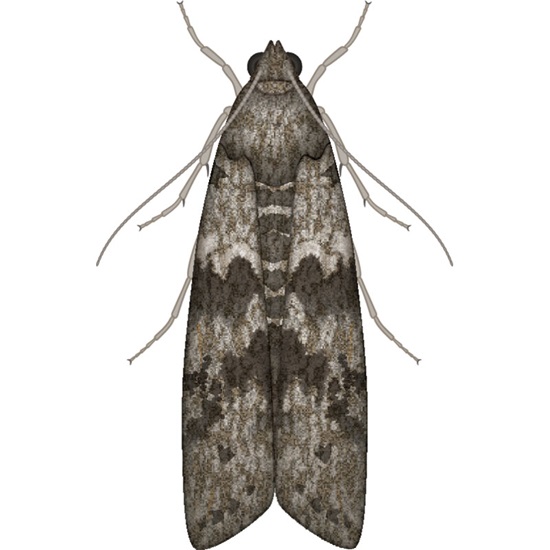
Classification
Scientific Name: Ephestia kuehniella
Family: Pyralidae
Description
The Mediterranean Flour Moth has forewings which are grey in colour with darker mottling, their hind wings tend to be paler. Adults have a 20-25mm wingspan. Larvae tend to be pinkish/white and can have dark underside spots.
A native of Central America, the Mediterranean Flour Moth is now a cosmopolitan species.
It is a particular problem in provender mills, bakeries and occasionally even in catering premises. One generation is usually produced but in warm conditions, adults will be present throughout the year and may produce 4-6 generations.
Behaviour
Most active from dusk until dawn, it rests during the day. This species is a particular pest of flour mills.
Mating takes place immediately after the adults emerge. Up to 350 eggs are laid and these may be stuck to various foods by a sticky secretion. The eggs hatch in 4-28days and the larvae spin silken tubes in which they live. After 3-5 moults the larvae are fully grown and 15-19mm long.
Risks
Larvae present a more serious problem, as it is their feeding and excretions that contaminate the produce. The adults do not feed.
The larvae produce copious amounts of silk which contaminates grains but this larval webbing also causes serious blockages in provender mills. The larvae eat holes in sifting silks and may also reach mill’s finished products.
The webbing may also cause condensation which leads to damaging molds.
Rice Moth
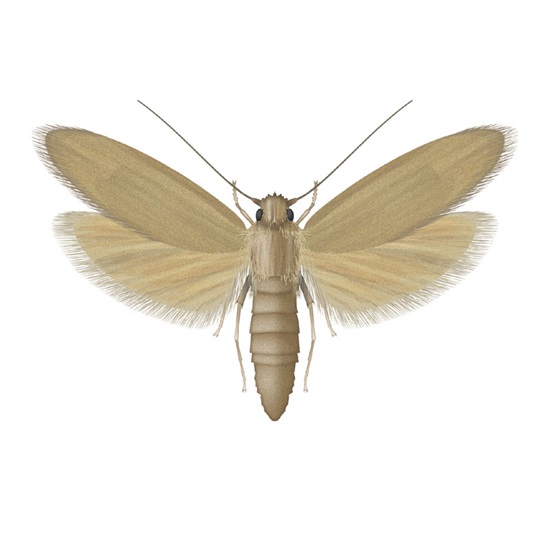
Classification
Scientific Name: Corcyra cephalonica
Family: Pyralidae
Description
The Rice Moth has a pale, buff-brown colour which is uniform and features no distinctive markings, the veins may appear darkened and the hind wings are almost translucent. It has a 15-25mm wingspan.
The larvae are dull, yellowish/white body and a dark brown head. They have long fine hairs that cover their body.
A native of the tropics, it now has a widespread distribution and is even found in the countries of Northern Europe, where it has been imported in foodstuffs.
This tropical species typically enjoys a warm climate but in temperate areas it can survive all year in heated stores. It is a major pest of stored foods and favours grains, particularly rice. They are common in flour mills but can be seen in all types of stored food areas.
Behaviour
This moth attacks grains, especially rice, but will also eat oil seeds, cocoa beans, dried fruit and spices.
It lays up to 160 eggs on or near a food source. The larval stage lasts 15-20 days in favourable conditions and the larvae will produce masses of strong webbing which it uses to form a dense cocoon in order to pupate. This stage will last 7-10 days.
Risks
Rice moth larvae contaminate food by producing large amounts of strong webbing and frass. This can bind food together and make foods unsuitable for sale or consumption.
Frass from the rice moth can also attract other stored food pests and increase the damage and contamination of the product.
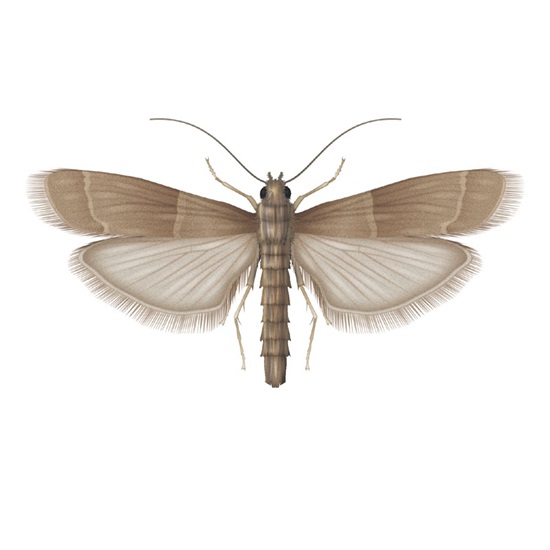
Tropical Warehouse Moth
Classification
Species category: Stored product pest
Scientific Name: Ephestia Cautella
Family: Pyraloidae
Description
Typically an adult moth has a 12-18mm wingspan and is distinguished by an upper forewing which is dull grey-brown with a dark inner band that trails the outer edge of the wing and a broad pale band along inner edge.
The larvae are dirty white or may be tinged brown or have purple spots.
It has a cosmopolitan distribution and has spread throughout the world by travelling on imported stored food produce.
A tropical or subtropical species which is frequently located on imported cargoes. It is common in food production warehouses, particularly dried fruits, chocolate and cereal, where the larvae develop by chewing and feeding on produce.
Behaviour
Commonly also referred to as the Almond moth or Dried Currant Moth, it is typically found in dried fruit and nuts, although it will attack cereals, oil seeds and chocolate products.
Egg laying commences within 24 days of the adults emergence and up to 350 eggs are laid during the first 4 days. Where temperatures are low the moth overwinters as larvae.
It’s the larvae that damage produce; the adults do not feed and have a short lifespan.
Risks
Moth Larvae cause considerable damage to stored goods by chewing, feeding and contaminating with webbing and frass.
Adult insects are not responsible for damage as they either feed on liquid food and water or do not feed at all.
